Table of Contents
Domains of AI: Artificial Intelligence at its most straightforward, is intelligence exhibited by Appliances. It is a computer system that can execute tasks that ordinarily mandate human intelligence or human interference. Today, we will take a glimpse at some of the domains of Artificial Intelligence.
Domains Of AI:
- Machine Learning
- Deep Learning
- Natural Language Processing
- Computer Vision
- Data Science
Machine Learning:
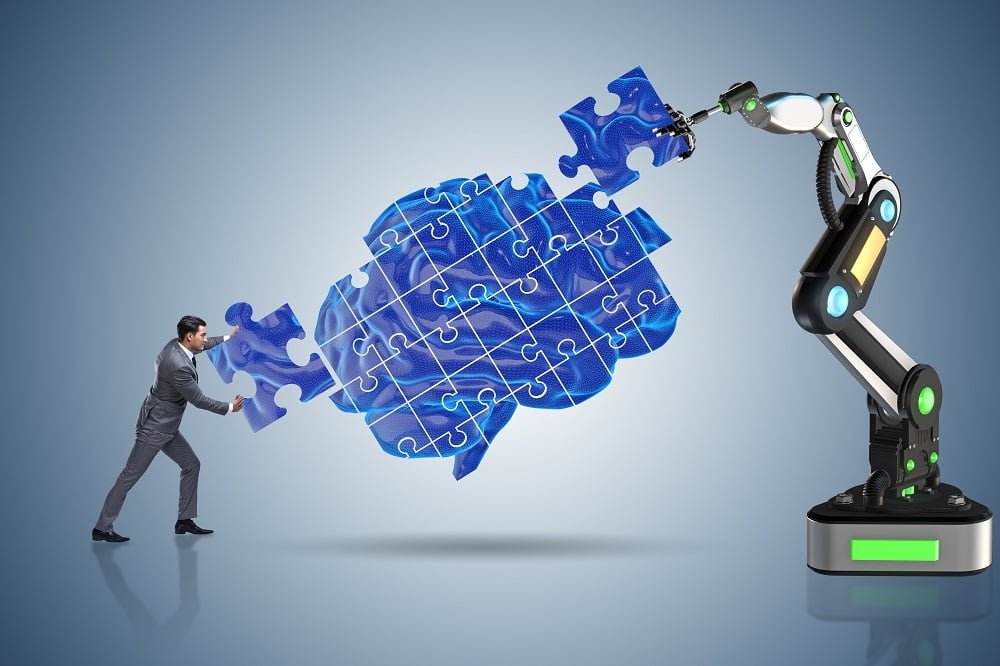
As a subset of Artificial Intelligence, Machine learning permits software applications to evolve more valid at forecasting results without existing specially programmed for it.
Its algorithms use documented data as input to expect new creation values. It is a key element of Data Science. Machine learning concentrates on the growth of computer programs that can access and operate data to understand it for themselves.
Machine learning is a field of artificial intelligence that focuses on designing and developing algorithms that enable computers to learn from data. In this article, we will explore what machine learning is, how it works, and why it is such an important domain of AI.
What is Machine Learning?
Machine learning is a subfield of artificial intelligence that allows machines to automatically learn from data, without being explicitly programmed. The goal of machine learning is to develop algorithms that can automatically identify patterns and relationships in data, and use these patterns to make predictions or decisions.
Machine learning can be divided into three main categories: supervised learning, unsupervised learning, and reinforcement learning. In supervised learning, the algorithm is trained on labeled data, where the input and output variables are known. The goal is to learn a mapping function that can predict the output variable for new inputs. In unsupervised learning, the algorithm is trained on unlabeled data, where the input variables are known, but the output variables are not.
The goal is to learn the underlying structure of the data, such as clusters or patterns. In reinforcement learning, the algorithm learns by interacting with an environment and receiving rewards or punishments based on its actions.
How does Machine Learning work?
Machine learning algorithms typically consist of three main components: a model, an objective function, and an optimization algorithm. The model is a mathematical representation of the problem that the algorithm is trying to solve. The objective function is a measure of how well the model is performing on the task at hand. The optimization algorithm is used to adjust the parameters of the model to minimize the objective function.
The process of training a machine learning model involves feeding it a large amount of data and adjusting its parameters until it can accurately predict the output variable for new inputs. Once the model has been trained, it can be used to make predictions on new, unseen data.
Why is Machine Learning important?
Machine learning has become an increasingly important domain of AI in recent years, due to the explosive growth of data and the need to make sense of it. Machine learning algorithms are used in a wide range of applications, from image recognition and natural language processing to self-driving cars and personalized medicine.
One of the key benefits of machine learning is that it can automate tasks that would be difficult or impossible for humans to perform manually. For example, machine learning algorithms can be used to analyze large amounts of medical data and identify patterns that can be used to develop more effective treatments for diseases. They can also be used to detect fraud in financial transactions or to optimize supply chain operations.
In conclusion, machine learning is an essential domain of artificial intelligence that enables computers to learn from data and make predictions or decisions. With the explosion of data and the increasing need for automation, machine learning has become an indispensable tool for a wide range of applications. As the field of AI continues to evolve, machine learning is likely to play an increasingly important role in shaping the future of technology.
Deep Learning:
Deep learning is a subset of machine learning and is one of the most exciting domains of Artificial Intelligence (AI) today. It involves training algorithms to learn from and make decisions based on vast amounts of data. It is known for its ability to accurately recognize patterns in data and make predictions based on those patterns. In this article, we will explore the basics of deep learning and its significance in the field of AI.
The concept of deep learning is inspired by the way the human brain works. Just like the neurons in our brains connect to process information, deep learning algorithms use artificial neural networks to process data. These networks are made up of multiple layers of interconnected nodes, and each node receives input from the previous layer, processes it, and passes it on to the next layer. This process continues until the algorithm reaches a final output layer, which produces the desired result.
One of the main advantages of deep learning is its ability to automatically extract features from raw data. This means that deep learning algorithms can learn to recognize patterns and structures in the data without being explicitly programmed to do so. For example, a deep learning algorithm trained on a dataset of images can automatically learn to recognize different objects, even if it has never seen those objects before.
Deep learning has many practical applications in various fields, including computer vision, speech recognition, natural language processing, and robotics. In computer vision, deep learning algorithms are used to analyze images and videos, detect objects, and recognize faces. In speech recognition, deep learning algorithms are used to transcribe speech into text, while in natural language processing, they are used to analyze and understand human language.
The success of deep learning can be attributed to the availability of large amounts of data, powerful computing resources, and advancements in algorithm development. With the increasing availability of data, deep learning algorithms are becoming more accurate and sophisticated. Similarly, the development of specialized hardware such as Graphics Processing Units (GPUs) has enabled researchers to train deep learning algorithms faster and more efficiently.
Natural Language Processing:
Natural Language Processing is a subfield of Artificial Intelligence connected to the relations between computers and human phrasing.
At its easiest, Natural Language Processing is the processing of the raw language that humans utilized o communicate.
In Natural Language Processing, human language is divided into segments so that the grammatical construction of sentences and the importance of terms can be examined and comprehended in context.
The purpose of an NLP-Professional model is to be competent in “understanding” the scopes of documents, including the slang, irony, internal meaning, and contextual descriptions of the language in which the text was penned.
Natural Language Processing (NLP) is a domain of Artificial Intelligence (AI) that focuses on enabling computers to understand, interpret, and generate human language. It involves the use of algorithms, statistical models, and machine learning techniques to analyze and derive meaning from human language data.
NLP has several subfields that are used for different applications, including:
Text Processing: Involves the use of algorithms to extract and clean text data from various sources such as documents, social media, and websites.
Text Analysis: Involves the use of algorithms to identify patterns, relationships, and sentiments in text data.
Speech Recognition: Involves the use of algorithms to convert spoken language into text format.
Machine Translation: Involves the use of algorithms to translate text from one language to another.
Natural Language Generation: Involves the use of algorithms to generate human-like text, often used for chatbots, virtual assistants, and automated content creation.
NLP has several applications, including:
Chatbots and Virtual Assistants: NLP can be used to create chatbots and virtual assistants that can understand and respond to natural language queries.
Sentiment Analysis: NLP can be used to analyze customer reviews and social media posts to determine the sentiment of the writer.
Machine Translation: NLP can be used to translate text from one language to another, which can be useful in international business and communication.
Content Creation: NLP can be used to automatically generate content, such as news articles and product descriptions.
Computer Vision:
Computer vision is a domain of artificial intelligence (AI) that deals with enabling machines to interpret and understand visual information from the world around them. It involves the use of algorithms and mathematical models to analyze, interpret, and process visual data, and has numerous applications in various industries.
The field of computer vision has undergone significant advancements in recent years, with the emergence of deep learning techniques and the availability of large-scale datasets. These advancements have made it possible for machines to recognize objects, detect patterns, and make decisions based on visual information.
One of the most notable applications of computer vision is in the field of autonomous vehicles. Self-driving cars rely heavily on computer vision technology to interpret data from sensors such as cameras, LiDAR, and radar, allowing them to navigate the roads safely and efficiently. Computer vision is also used in the manufacturing industry to detect defects in products and ensure quality control.
Another significant application of computer vision is in the healthcare industry. Medical professionals use computer vision algorithms to analyze medical images such as X-rays, CT scans, and MRIs, which can aid in the diagnosis of various medical conditions. In addition, computer vision technology is also used in drug discovery, as it allows researchers to analyze and interpret large datasets to identify potential drug candidates.
Computer vision is also being used in the retail industry, where it can be used to track customer behavior and provide personalized recommendations based on their preferences. This technology is also used in security systems, where it can be used to detect suspicious behavior and prevent crime.
The development of computer vision has been made possible by advancements in machine learning and deep learning techniques, which have enabled machines to recognize patterns and features in images. Convolutional Neural Networks (CNNs) are a popular technique used in computer vision, as they can analyze images at multiple levels and identify features that are important for object recognition.
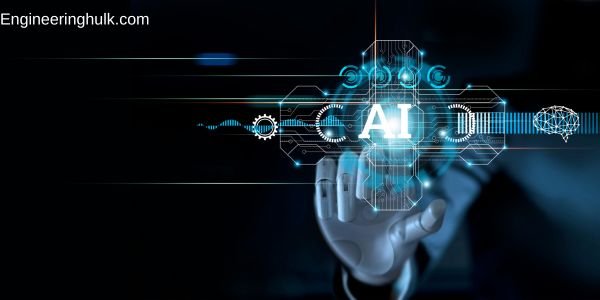
Despite the significant progress made in computer vision, there are still challenges that need to be addressed. One of the primary challenges is in developing algorithms that are robust to changes in lighting conditions, occlusions, and other factors that can affect image quality. Another challenge is in developing algorithms that are interpretable and transparent, which is crucial for applications such as healthcare and autonomous vehicles.
The computer vision is a domain of artificial intelligence that has numerous applications in various industries. Its ability to interpret and analyze visual data has made it possible for machines to make decisions based on visual information and has the potential to revolutionize many fields. With continued advancements in machine learning and deep learning techniques, computer vision will likely continue to play a significant role in the development of AI.
Data Science:

Data science is a rapidly evolving field that has emerged as an integral domain of Artificial Intelligence (AI) in recent years. The domain of data science involves extracting insights, knowledge, and information from large and complex data sets using advanced analytical and statistical tools. This process involves cleaning, transforming, analyzing, and interpreting data to draw meaningful conclusions and inform business decisions. As AI becomes more pervasive, data science is becoming an increasingly important field in the tech industry.
One of the key aspects of data science is machine learning, which involves using algorithms to find patterns in data and develop models that can predict future outcomes. Machine learning has become a vital component of AI and is used in a wide range of applications, from speech recognition and image classification to fraud detection and natural language processing. Machine learning models are designed to learn from data and improve their accuracy over time as they process more information.
Another important aspect of data science is data visualization. Data visualization is a powerful tool for communicating complex data insights to non-technical stakeholders. It involves creating interactive and engaging graphics that can help decision-makers understand complex data sets more easily. Data visualization is a crucial part of data science, as it can help stakeholders quickly identify trends, outliers, and patterns in large data sets.
The domain of data science is not just limited to machine learning and data visualization. It also encompasses a range of other tools and techniques that can be used to analyze and interpret data, such as statistical modeling, data mining, and data engineering. These tools are used to preprocess data, identify patterns, perform statistical analysis, and develop models that can be used to inform decision-making.
FAQ on domains of AI
What are the major domains of AI?
The major domains of AI include:
Natural Language Processing (NLP): Focusing on understanding and generating human language.
Computer Vision: Focusing on enabling machines to understand and interpret visual information.
Robotics: Combining AI with mechanical engineering to create intelligent robots that can interact with the physical world.
Machine Learning: Using statistical techniques to enable machines to learn from data and make predictions or decisions.
Expert Systems: Building systems that emulate human expertise in specific domains to solve complex problems.
Virtual Agents: Creating intelligent virtual entities, such as chatbots or virtual assistants, that can interact with humans.
Planning and Scheduling: Developing systems that can generate plans or schedules to achieve specific goals.What is Natural Language Processing (NLP)?
Natural Language Processing (NLP) is a domain of AI that focuses on the interaction between computers and human language. It involves tasks such as language understanding, sentiment analysis, text summarization, machine translation, and speech recognition. NLP enables machines to understand, process, and generate natural language, facilitating communication between humans and computers.
What is Computer Vision?
Computer Vision is a domain of AI that deals with enabling computers to interpret and understand visual information. It involves tasks like object recognition, image classification, object tracking, image segmentation, and image generation. Computer Vision enables machines to “see” and make sense of the visual world, allowing applications such as facial recognition, autonomous vehicles, and augmented reality.
What is Machine Learning?
Machine Learning is a domain of AI that focuses on developing algorithms and models that allow machines to learn from data and make predictions or decisions without being explicitly programmed. It encompasses techniques such as supervised learning, unsupervised learning, and reinforcement learning. Machine Learning finds applications in various domains, including image recognition, speech processing, recommendation systems, and fraud detection.
What is Robotics?
Robotics is a domain of AI that combines AI techniques with mechanical engineering to design and develop intelligent machines, known as robots. Robotic systems can sense, perceive, and interact with the physical world autonomously or under human guidance. Robotic applications range from industrial automation and healthcare assistance to space exploration and search and rescue operations.
What are Expert Systems?
Expert Systems are a domain of AI that aims to capture and emulate human expertise in specific domains. These systems use knowledge representation and reasoning techniques to solve complex problems that usually require human expertise. Expert Systems find applications in fields like medicine, finance, engineering, and troubleshooting, where they can provide intelligent recommendations or decision support.
What are Virtual Agents?
Virtual Agents are intelligent virtual entities that interact with humans in a human-like manner. These entities, often in the form of chatbots or virtual assistants, employ AI techniques, including natural language understanding and generation, to engage in conversations, provide information, and perform tasks. Virtual Agents are used in customer service, support systems, and various other applications to enhance user experiences and assist with routine tasks.


















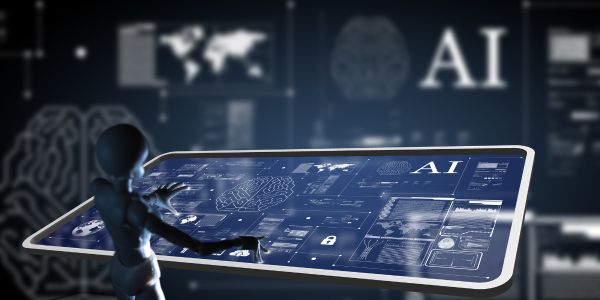
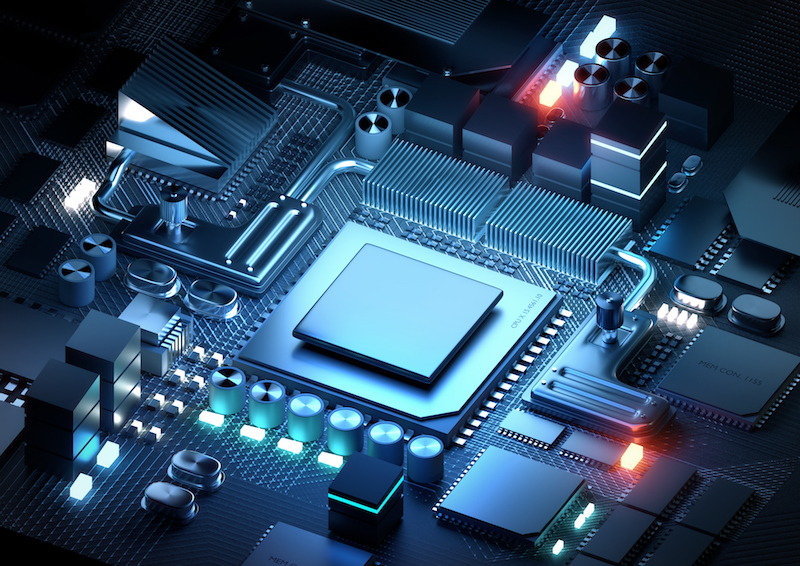
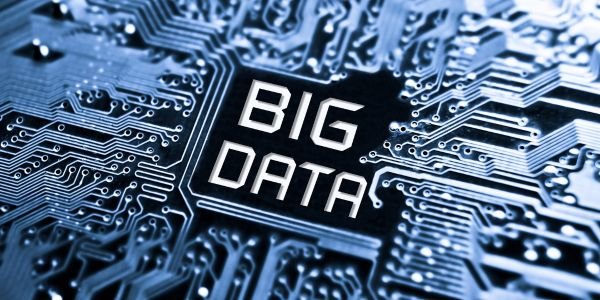











Comments on “Domains of AI (Artificial Intelligence)”
Comments are closed.